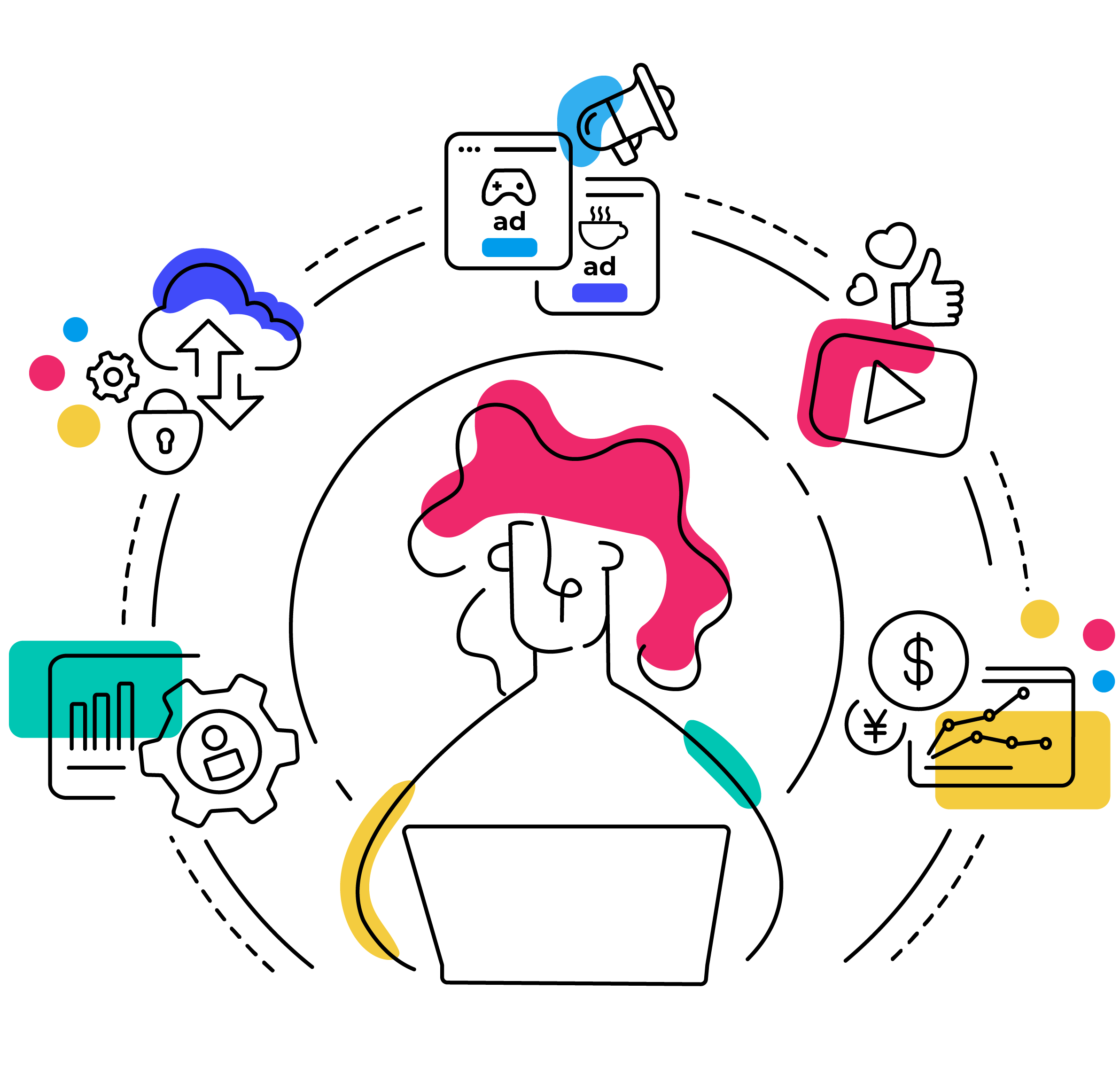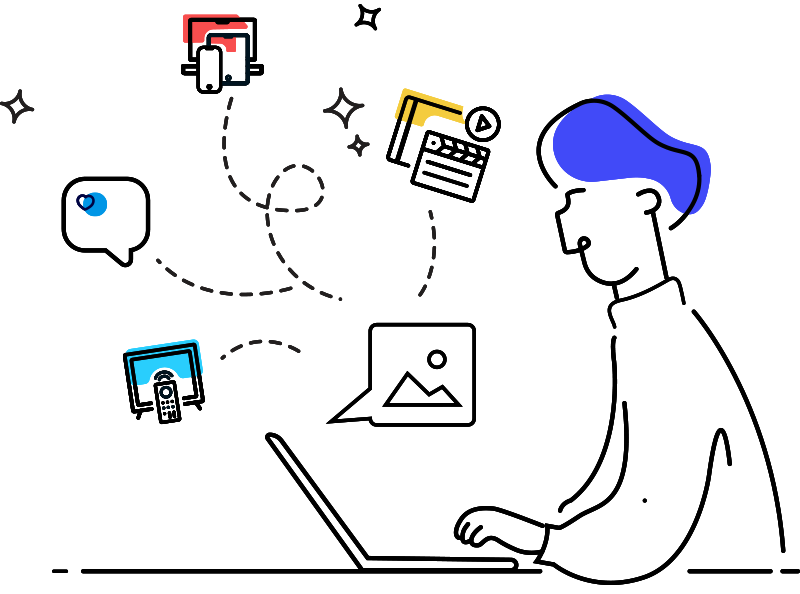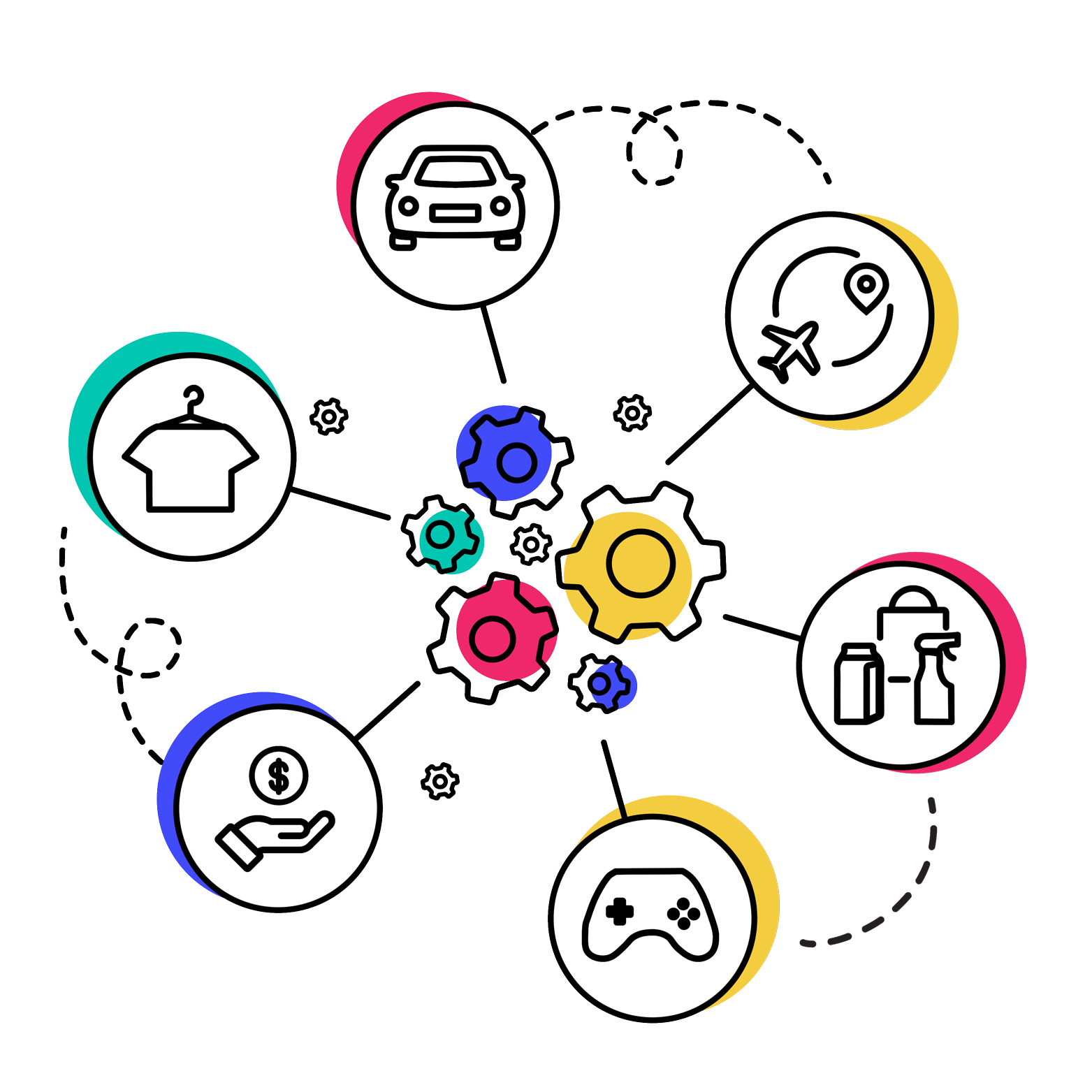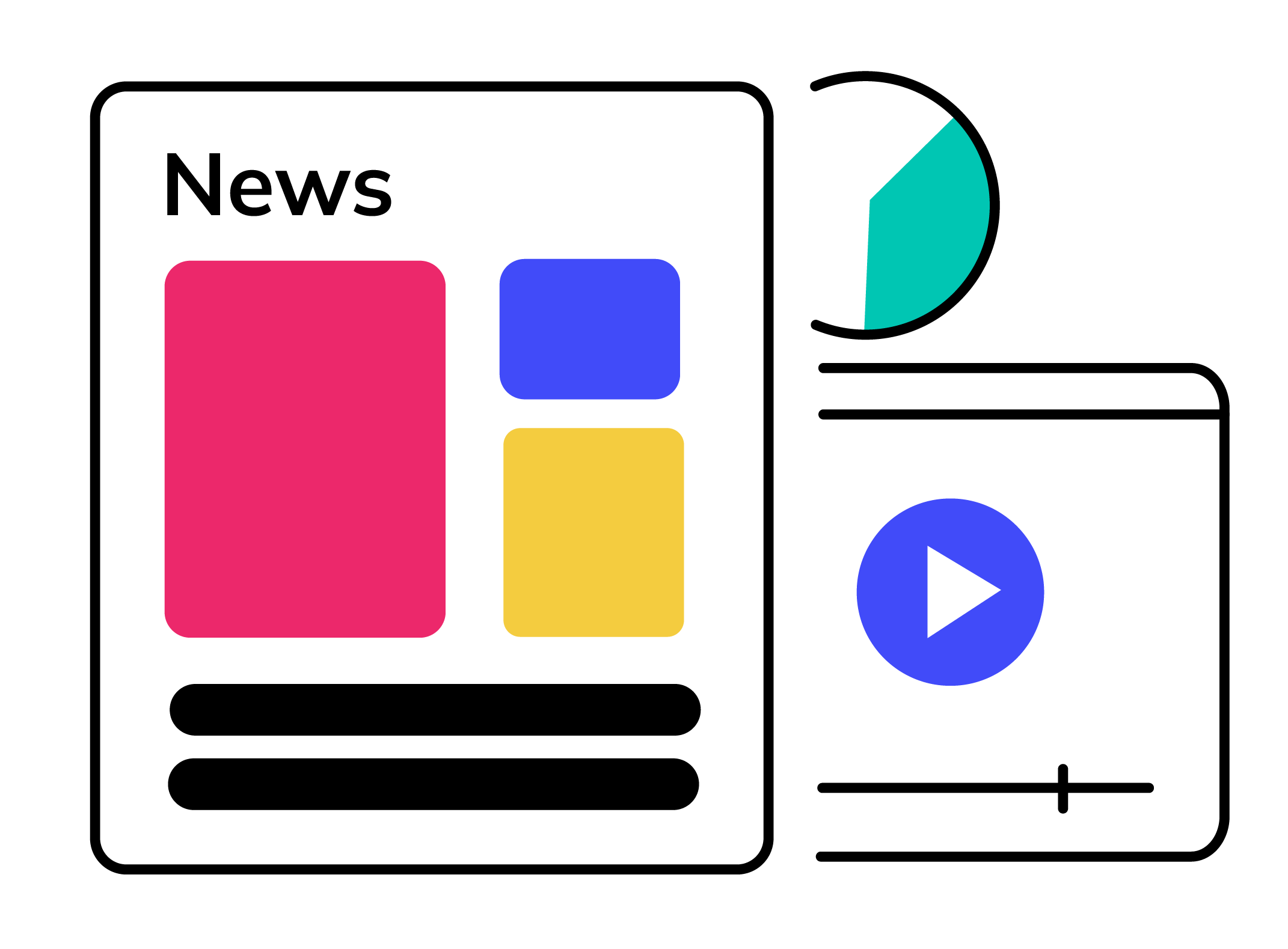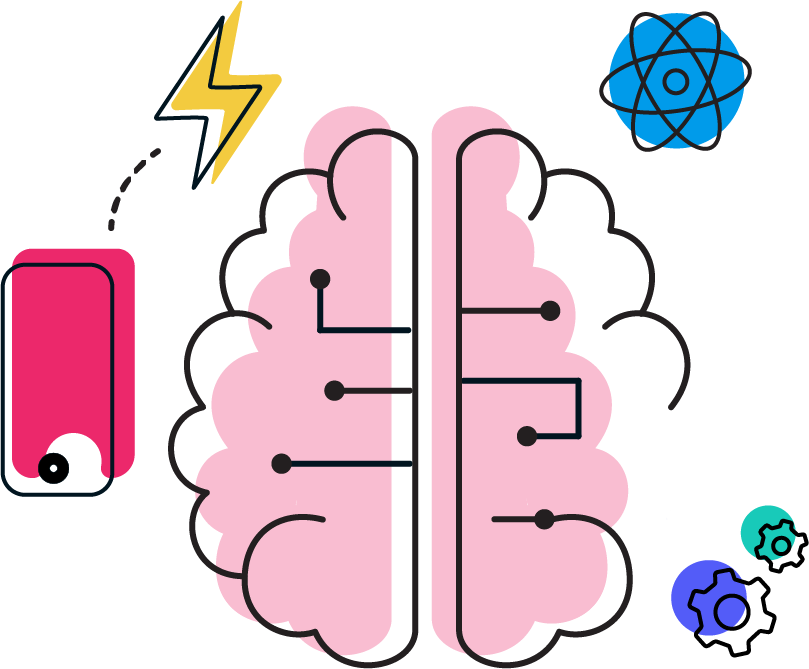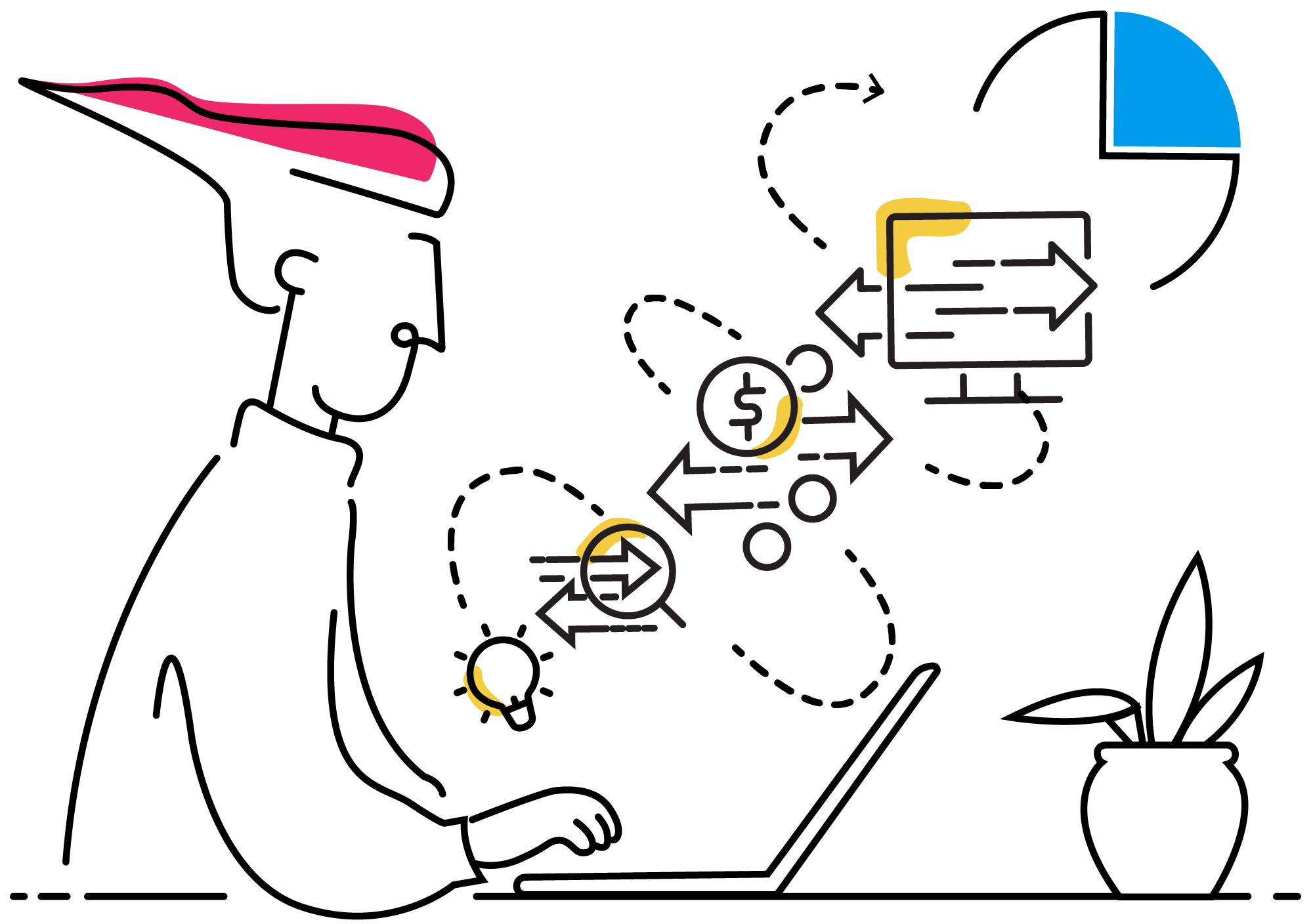


Google’s recent announcement that it won’t support user-level identifiers in its ecosystem is just the latest step in its plans to change how consumers are tracked online. With the digital giant pulling the plug on third-party cookies in the Chrome browser by 2022, the ad industry has been upturned in a frantic search for a substitute. A variety of solutions, from hashed emails to probabilistic IDs, have emerged as potential replacements to maintain digital advertising’s functionality—but is this really the ideal next step?
The expiration of the cookie had already unearthed a shared set of challenges that the ad industry needed to address before it could truly move forward. While the alternative solutions on offer have their merits, it was unlikely that any one universal ID technology would be adopted, or that these solutions wouldn’t encounter resistance themselves—as the Google decision on identifiers illustrates. And it is questionable whether seeking a single solution should have been the intention of the industry anyway.
In order to understand the current state of digital advertising’s identity crisis, it’s useful to look at some of the more prominent solutions on the market and how they are trying to fill the cookie gap.
Google’s Privacy Sandbox and targeting by cohort
Much has been written about Google’s Privacy Sandbox; although still very much in development, it promises a series of APIs, including the trusted API, the privacy budget API, Google’s conversion measurement API, the PIGIN (private interest groups, including noise) API and Google’s recently announced Federated Learning of Cohorts (FLoC) API.
By using machine learning to analyse users’ browsing history, FLoC aims to create a “cohort” of users with similar browsing patterns, which can then enable interest-based ad targeting while keeping data anonymised, aggregated and local to the browser. Although Google has said this solution is as effective as cookies for this sort of prospecting, it’s still too soon to make a call on its true efficacy.
The most interesting part of this process, however, is how Google has been subjecting its proposals to the scrutiny of other industry players. The tech giant openly shared its initial test results for FLoC, marking a significant shift in its relationship with the wider ecosystem. Additionally, it developed its FLEDGE proposal—another solution designed to sustain ad targeting capabilities—the following feedback on TURTLEDOVE with input from other platforms including Criteo. It is still early days, but ultimately, any Google-owned and operated solution leaves the control of advertising firmly in the hands of the dominant force within the digital ecosystem, and ultimately, this will not sit comfortably with those seeking more choice and independence in the industry.
Email-based IDs and the value exchange
Another potential successor for the cookie is email-based, authenticated identifiers, which rely on publishers supplying email addresses that users give when registering to sites. By hashing or encrypting these, they can be matched with other entities with access to that same hashed email, to enable targeting and measurement. Although email-based IDs offer advertisers strong targeting capabilities, their potential can be curbed by one critical factor: the scalability of the method versus the cookies it seeks to replace. This was in question even before Google put up its blockers.
There is currently a huge difference between publishers’ web traffic volumes and their registered users. Reach’s digital network, for instance, hit an average of 42.1 million monthly visitors in Q3 2020, but its goal for registered users by the end of 2022 stands at 10 million. As a result, most of its audiences are unable to be targeted effectively with email-based IDs, hampering scalability.
Tom Kershaw of Prebid, the custodians of UI2, believes 20% could be the upper limit in terms of the scalability of such an ID. To overcome this challenge, the ad industry must address the value exchange with consumers and focus on building trust. Gaining user consent will rely on providing a quality ad experience, as well as greater transparency over how this is achieved. Looking ahead, any use of consumer data will have to show proven benefits to online users for it to be considered sustainable.
Probabilistic and consent
Unlike email-based IDs, probabilistic IDs match anonymous data points and data from known users to create cross-platform user profiles. These data points could consist of device type, time zones, and potentially hundreds of other elements. Through analysing these signals, advertisers can compare profiles to deterministic data and predict users’ interests and actions with high precision.
Irrespective of the ID mechanism, over three-quarters (76%) of countries have either implemented or are planning to implement data protection legislation, making user consent a crucial factor in any ID’s effectiveness. Adherence to this legislation in regions such as the EU is proving a significant undertaking via initiatives such as TCF2 and again this will hamper any ID solution looking to scale.
As the dynamics of today’s privacy-first ecosystem continue to shift, advertisers may find it unwise to place all their eggs in one ID basket. The dependency on cookies has emphasised the need to restructure digital advertising around a more agile, adaptable approach to reaching consumers.
It’s clear no third-party cookie alternative will offer a standalone solution to all of the ad industry’s needs—it’s far more likely that we’ll see a combination of different technologies working independently. Instead of trading one dependency for another in the short term, the industry must set its sights on a long-term answer to effective advertising from both an addressability and measurement perspective. Making digital advertising sustainable for all will ultimately hinge on a combined effort to become more transparent, curate stronger trust with consumers, and keep agility central to progress.
The identity crisis is not a question of which ID replaces the cookie but rather how the industry itself evolves away from the perception that it is totally reliant on user-level identifiers moving forward.
by Dom Satur, VP Business Development Europe
Originally published by AW360


